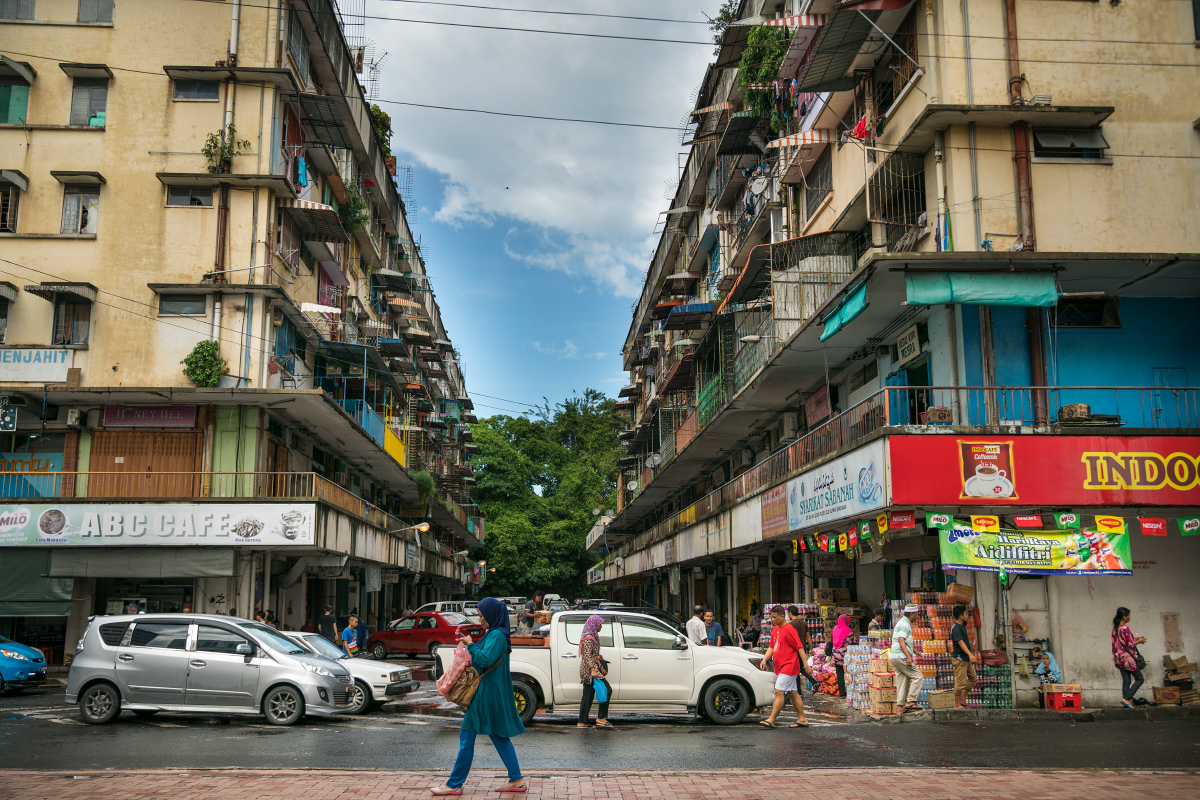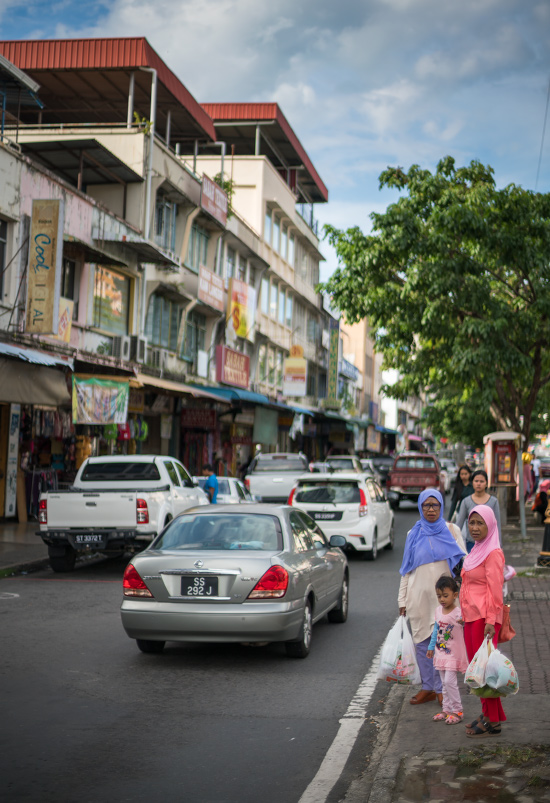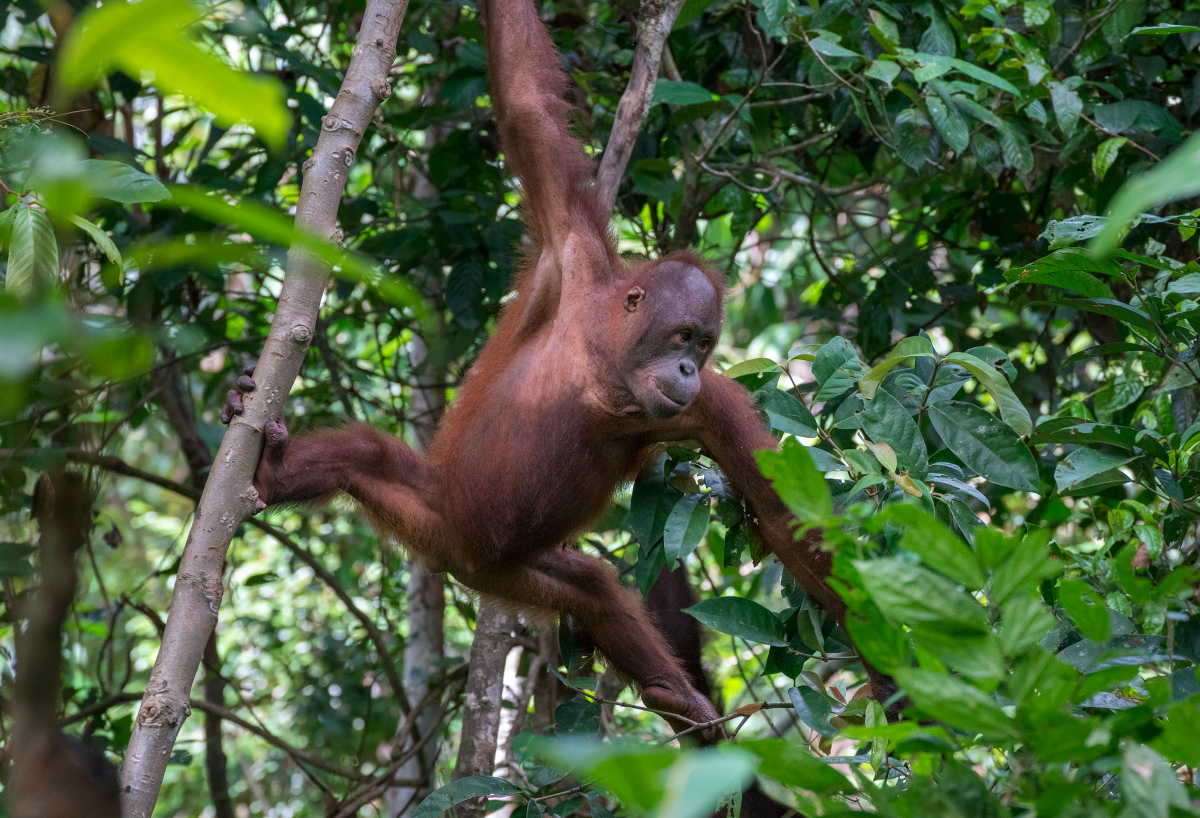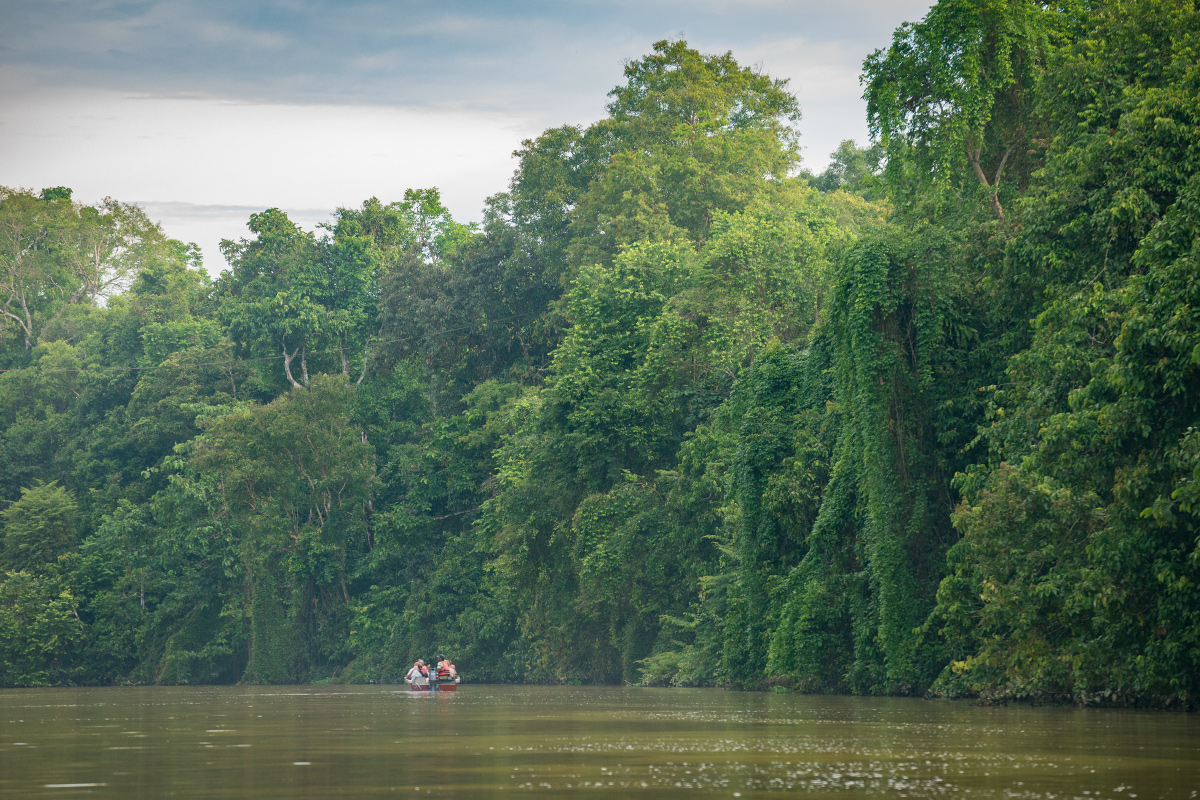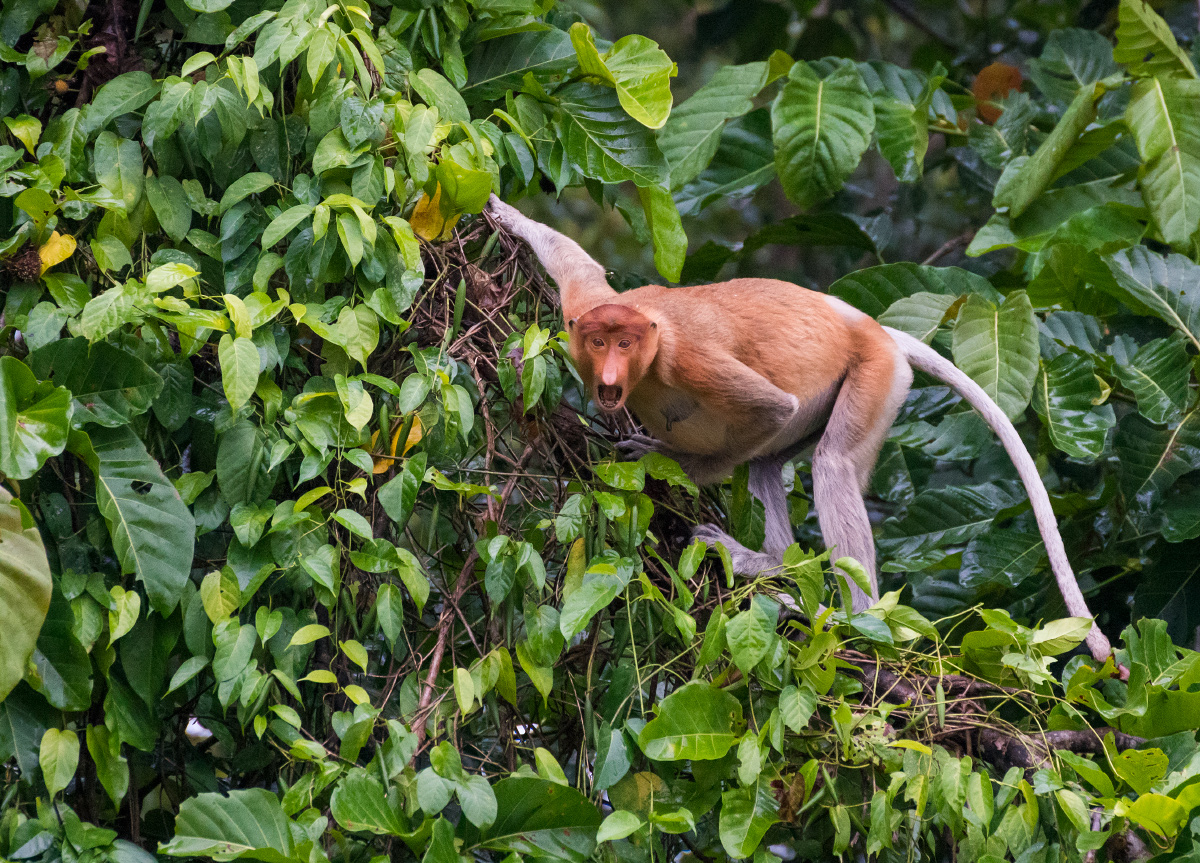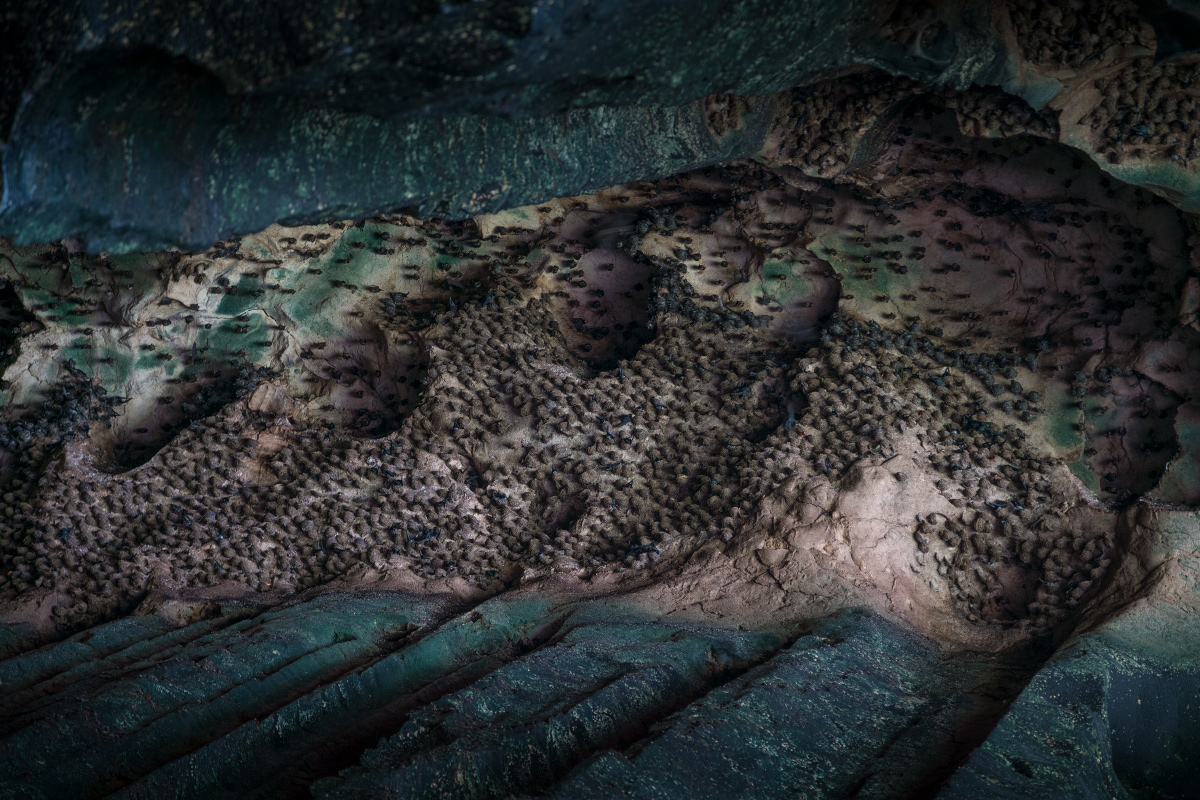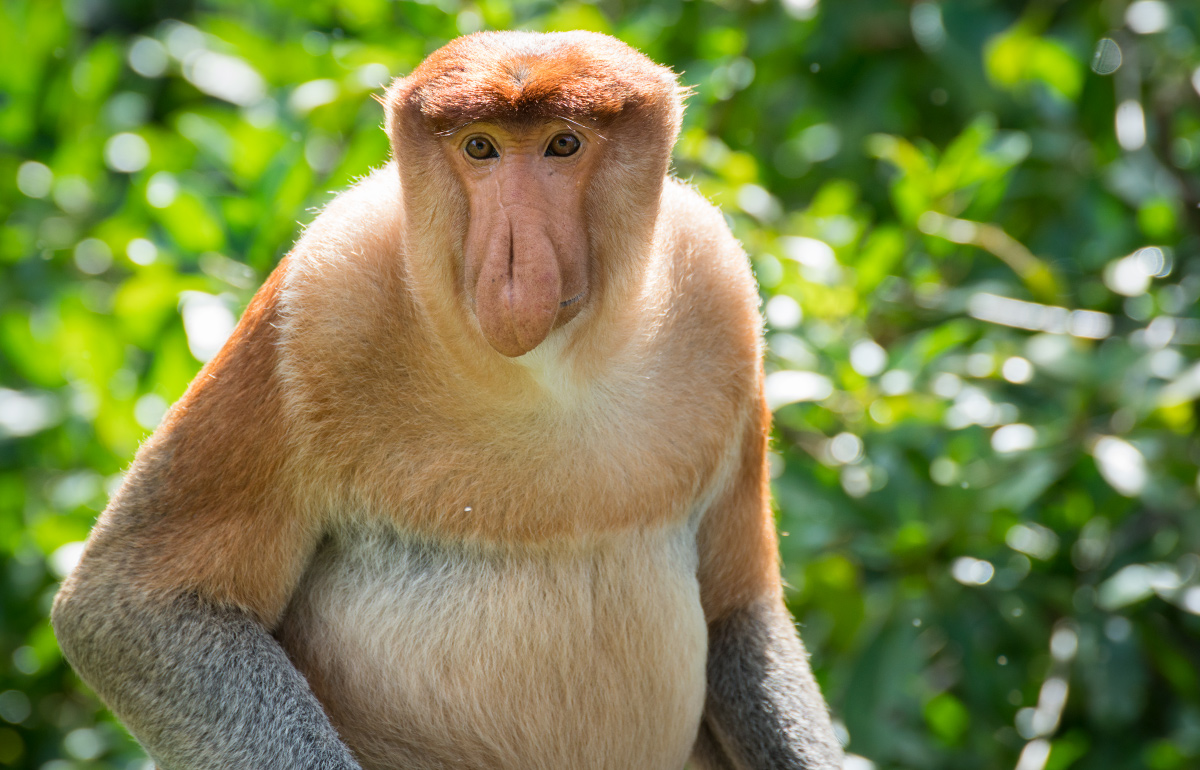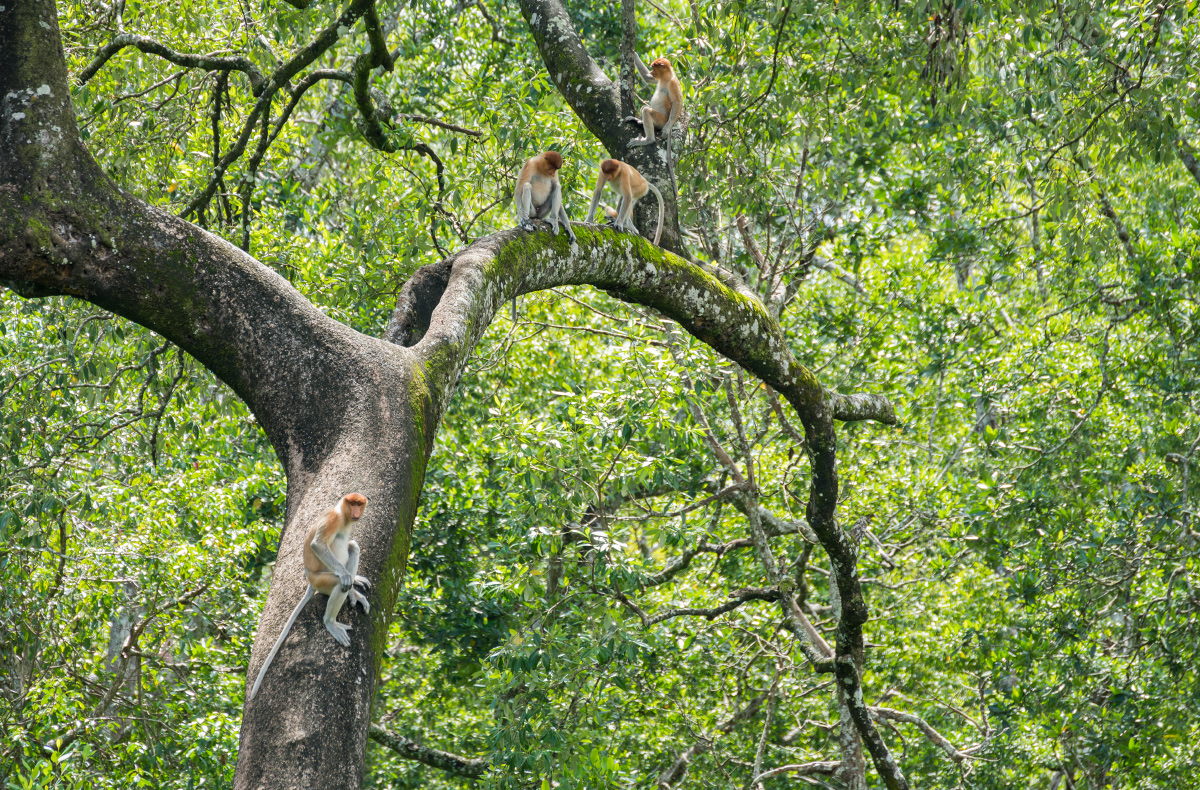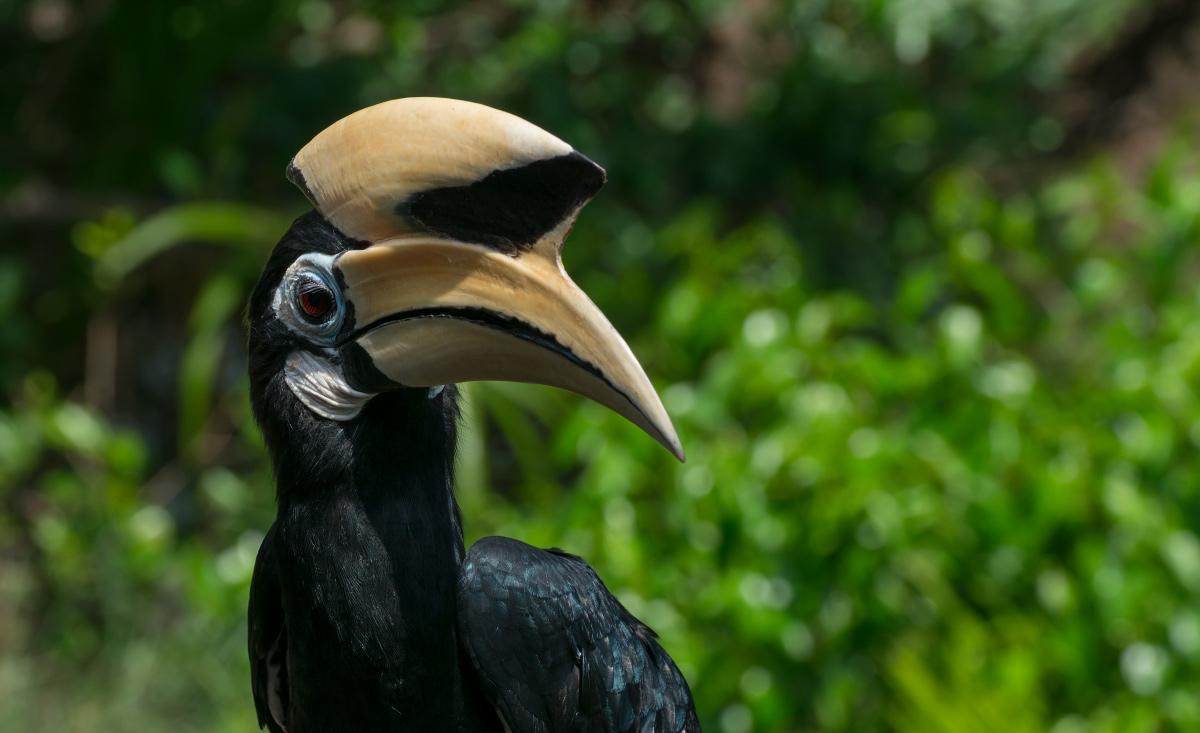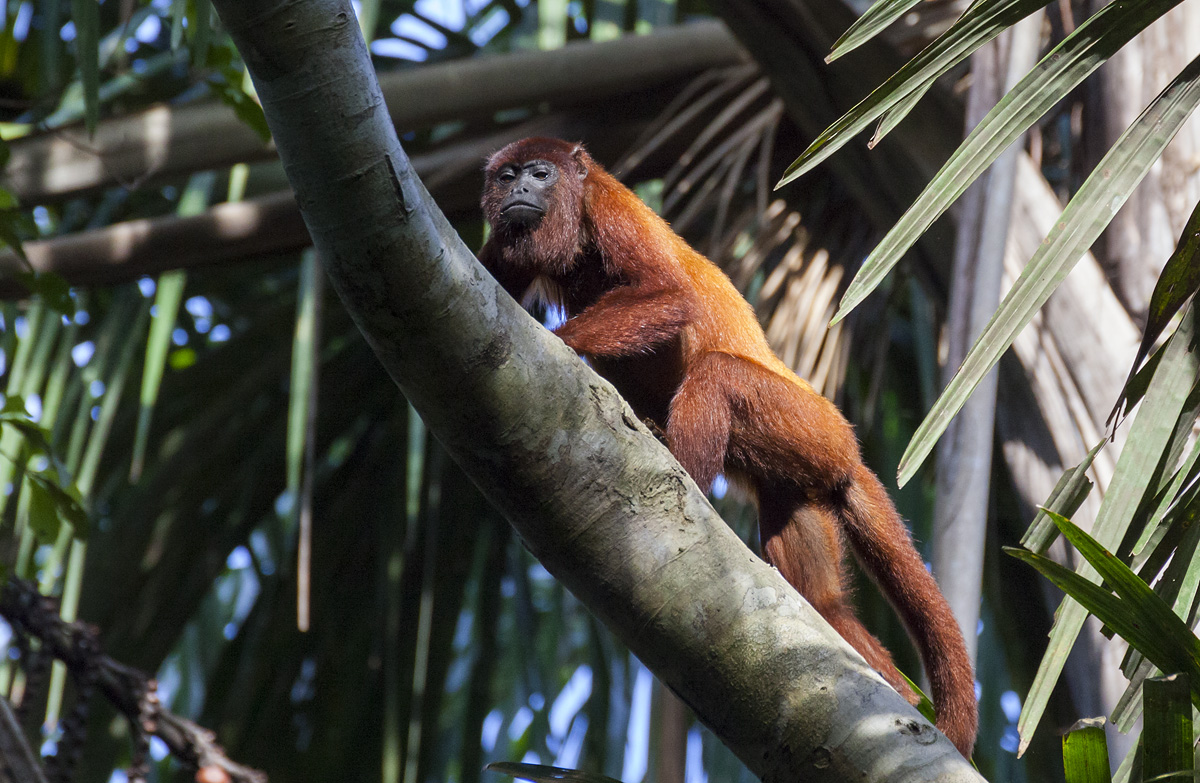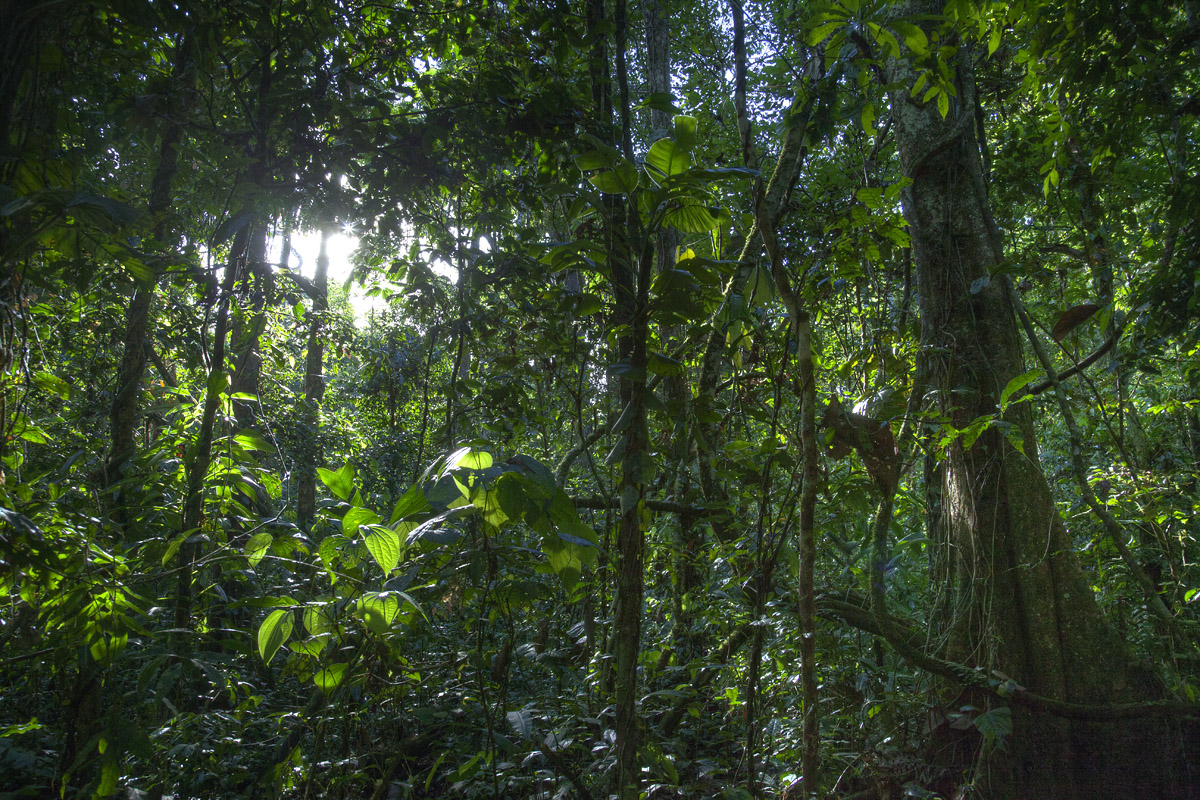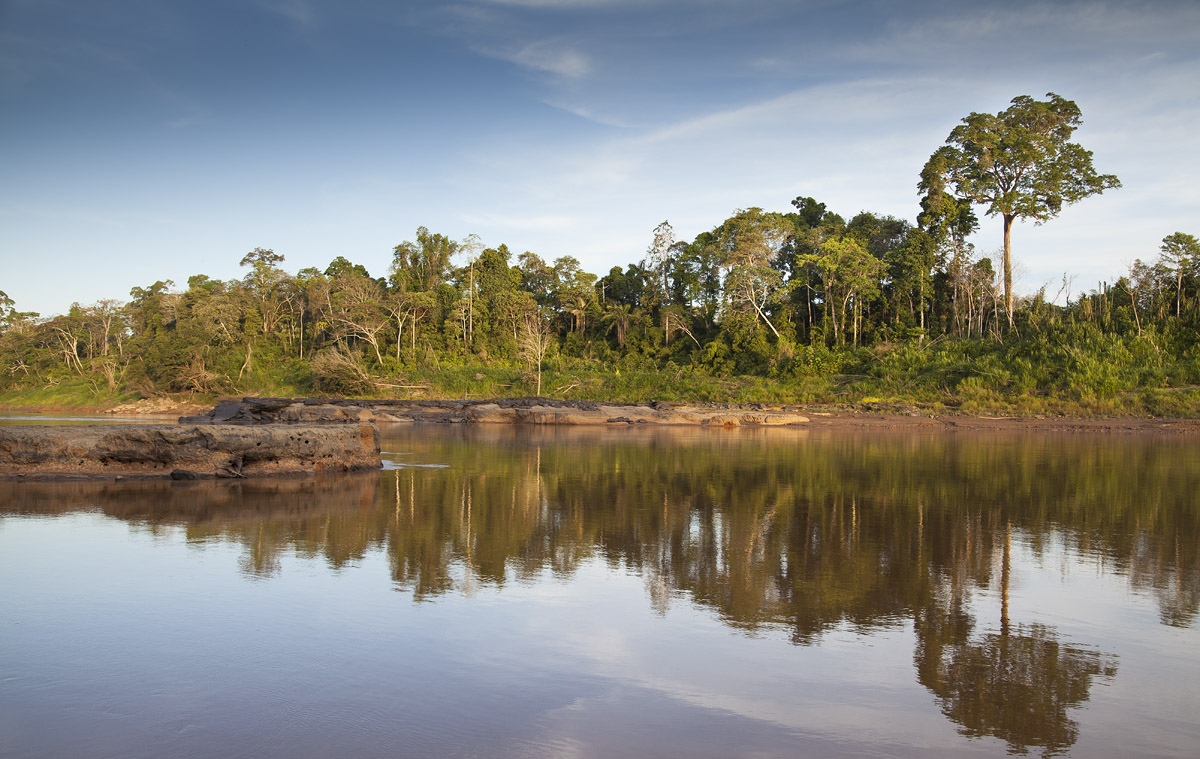Frontiers: Sandakan, Borneo
When travelling, it’s sometimes the most unassuming places that manage to leave lasting memories. On first impression, Sandakan is unremarkable, with it’s drab concrete buildings, damp weather, and lack of noteworthy landmarks. So why Sandakan, and whats so special about it in the first place?
First and foremost, this is a town on the frontier of wild Borneo. In Sandakan, the jungle seems to be encroaching into the city streets from the hills. When it rains, as it does nearly every day, it’s torrential, and you’ll want to seek shelter. Though not cosmopolitan, Sandakan does buzz during the daylight hours, with its friendly fish markets, fruit stands, and curry kitchens. There is old industry here, in fishing and hardwood, and new industry, with palm oil and the occasional tourist – really a lot going on for a small city. While typically Southeast Asia in many ways, there’s a bit more of a sense of being on frontier, or at a dividing line between the new world, and an older, wild one. This is a welcoming and foreign place, unassuming, and rough around the edges. Click the link for more.
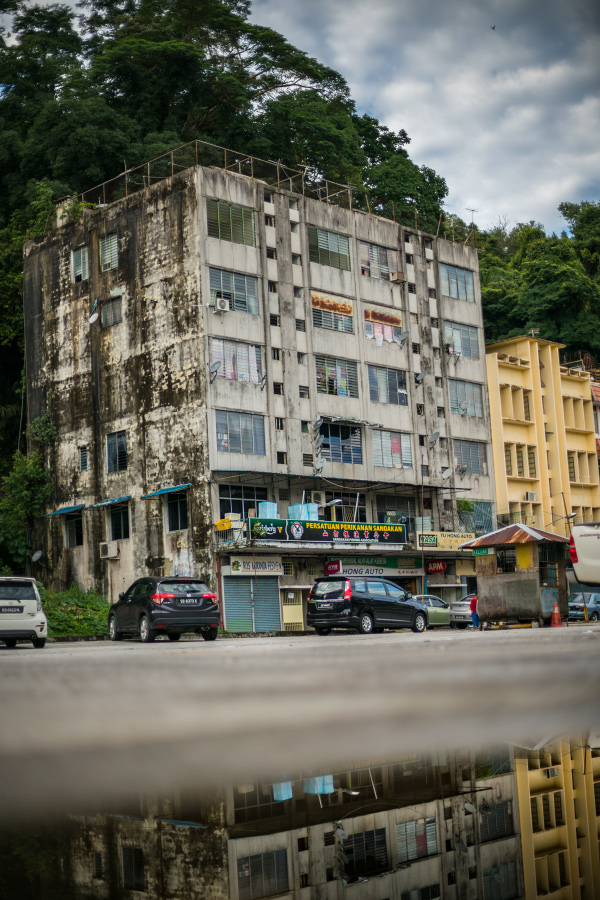
.
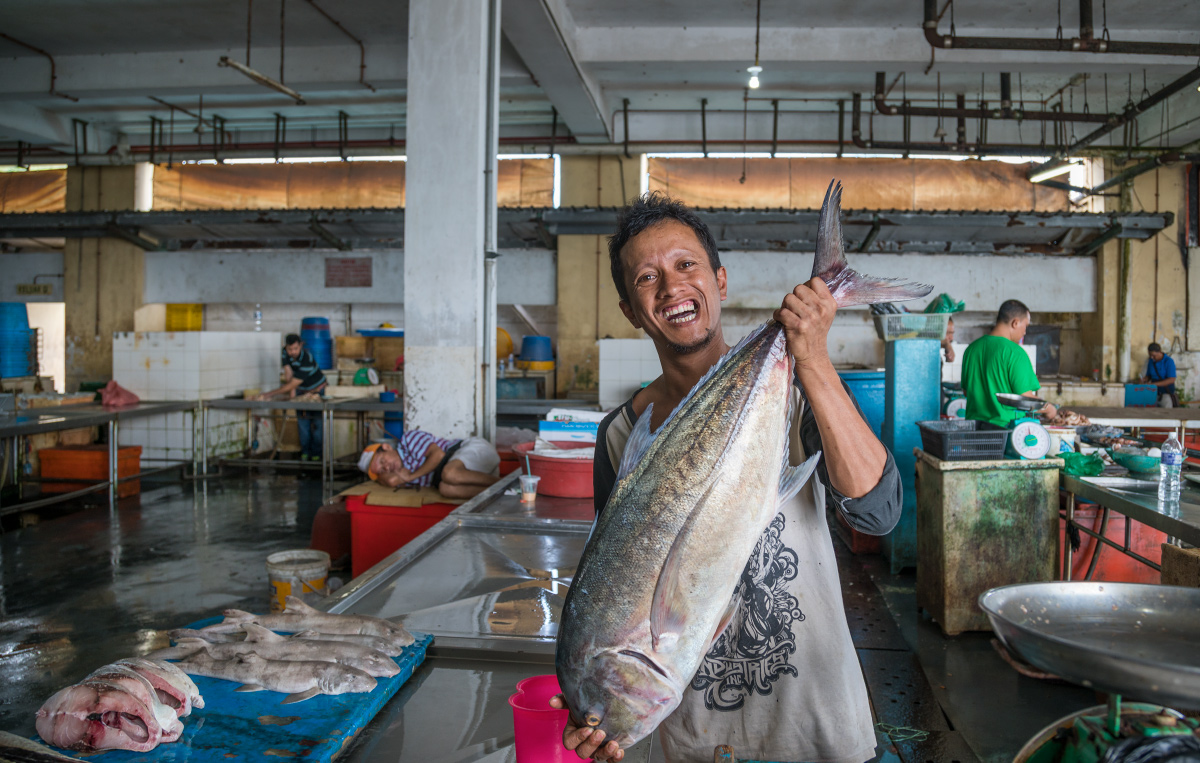
.
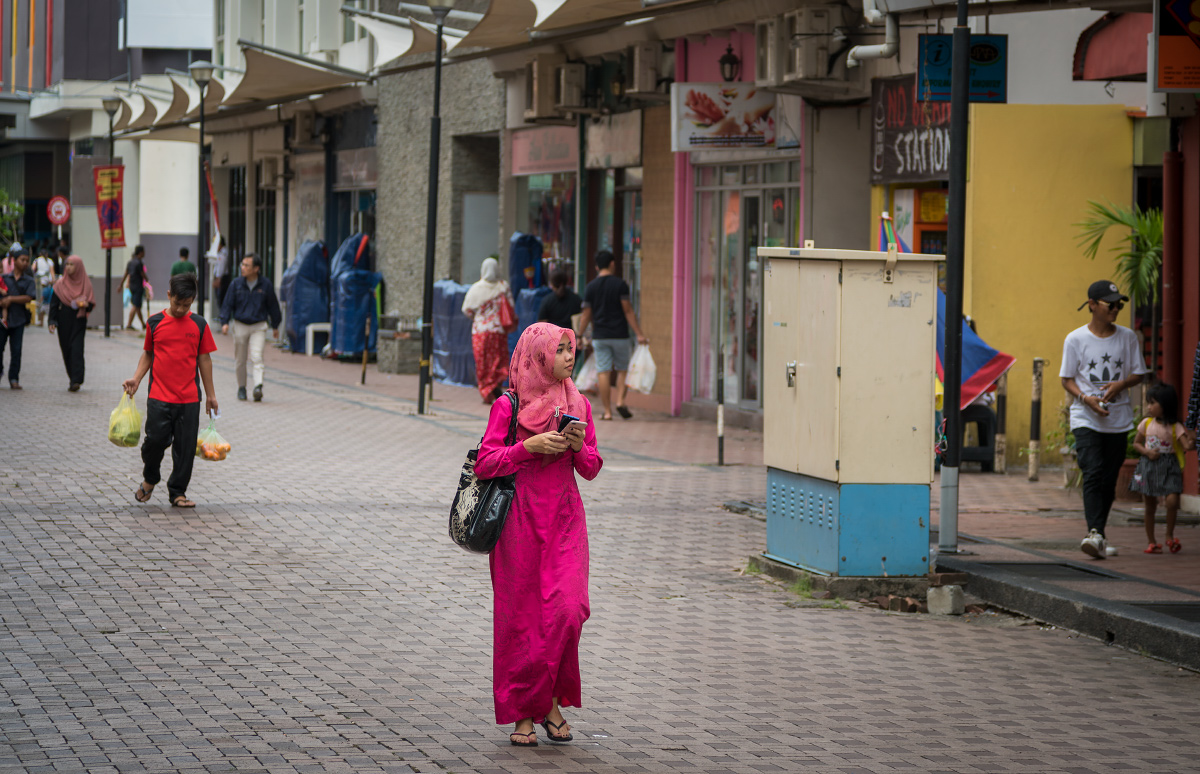
Borneo: The Lost World
There are jungles in Borneo, that are so isolated from civilization, so rich in rare wildlife, so full of untouched forests, that it feels like a separate world, locked in a pre-humanity sphere separate from our own. These rainforests have thrived for millions of years, with many bizarre and exotic species found only here.
We only managed to scratch the surface of Borneo, a huge island with many opportunities for exploration. This gallery primarily looks at the wildlife in and around the Kinabatangan river and the surrounding jungle, and area teeming with wildlife, but also an area that has seen deforestation over recent decades in the form of palm oil plantations. Luckily there are protected areas and conservation efforts, and the further you get away from the coastal cities the more you are rewarded with this spectacular lost world.
See some previews below, and the full gallery by clicking here.
The Amazon Rainforest
The massive rainforest that occupies over five million square kilometers of South America is not only the largest of its kind on the planet, but also the oldest, and most biodiverse. In the area of the Amazon which sits on the Peruvian side of the boarder alone, scientists have noted 2,500 species of butterflies, 806 species of birds, and around 8000 species of plants. It’s astounding to see firsthand. On any given walk through the rainforest you’ll see an astonishing variety of plants, insects, and if you’re lucky, some of the bigger and more exotic wildlife. And all of these species have had millions of years to differentiate and evolve – this is the oldest land ecosystem on earth, after all. You’ll likely hear more than you see, and you certainly won’t find animals posing for the camera, but hit the link (here) for what I was able to capture in the wild jungle of South America.

